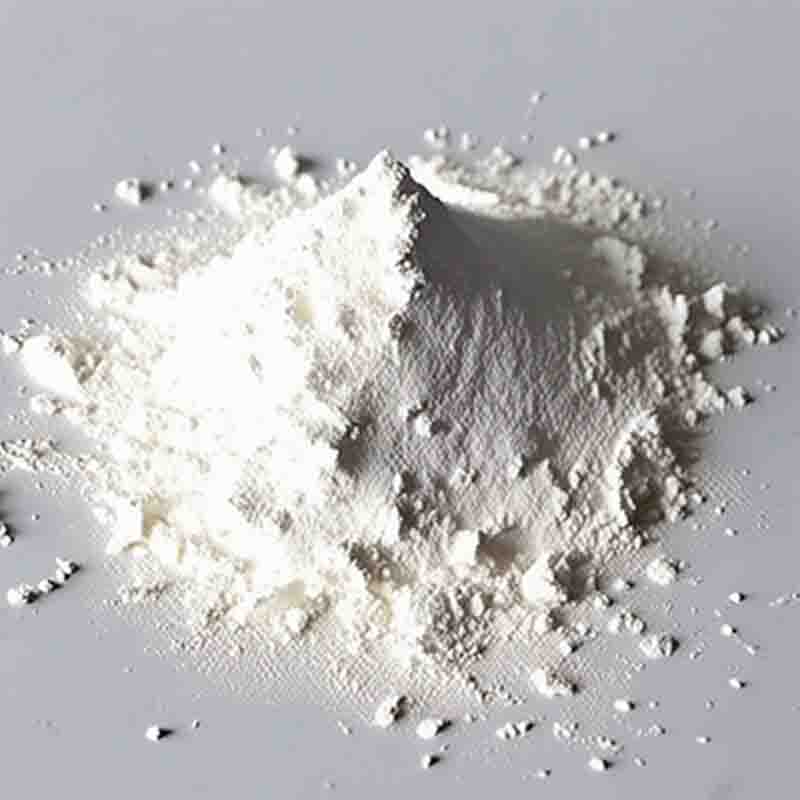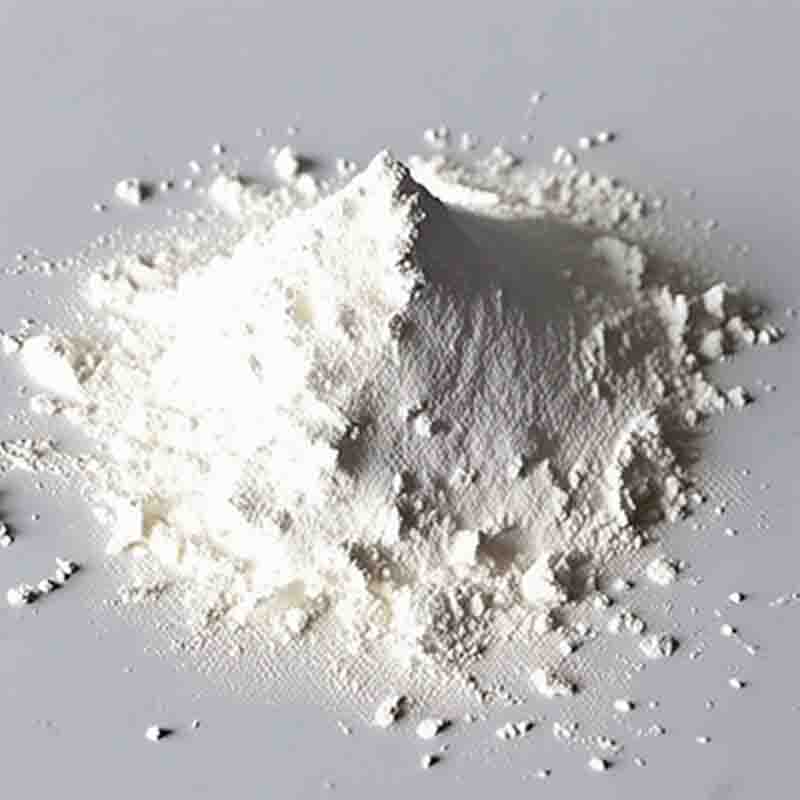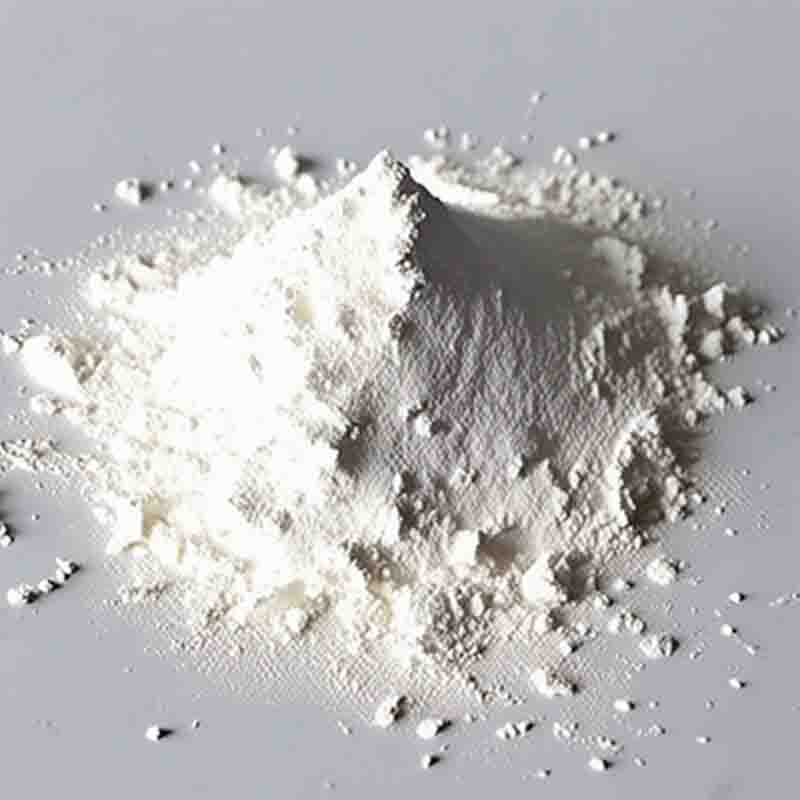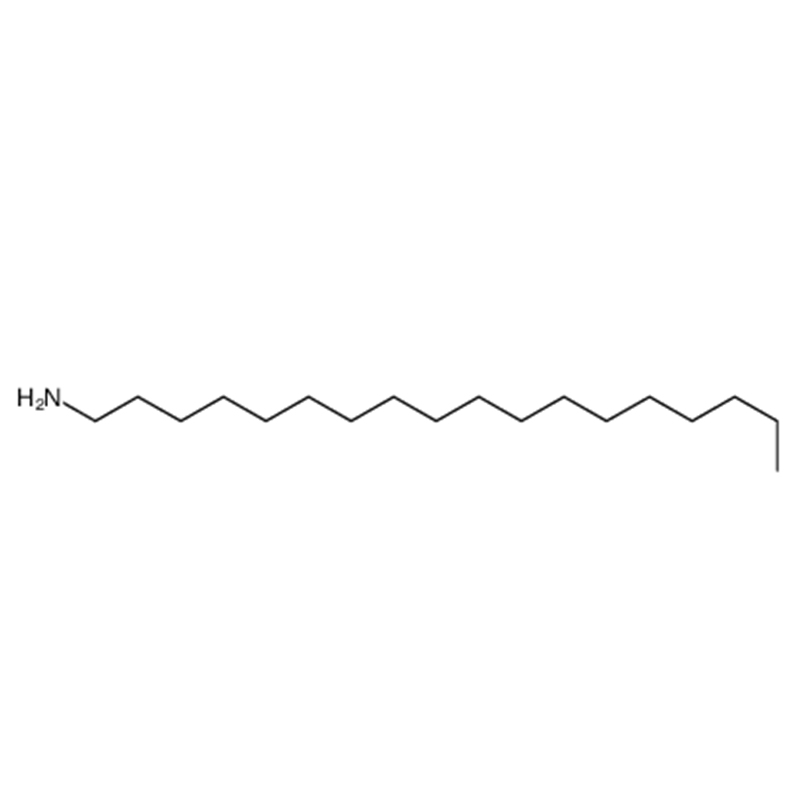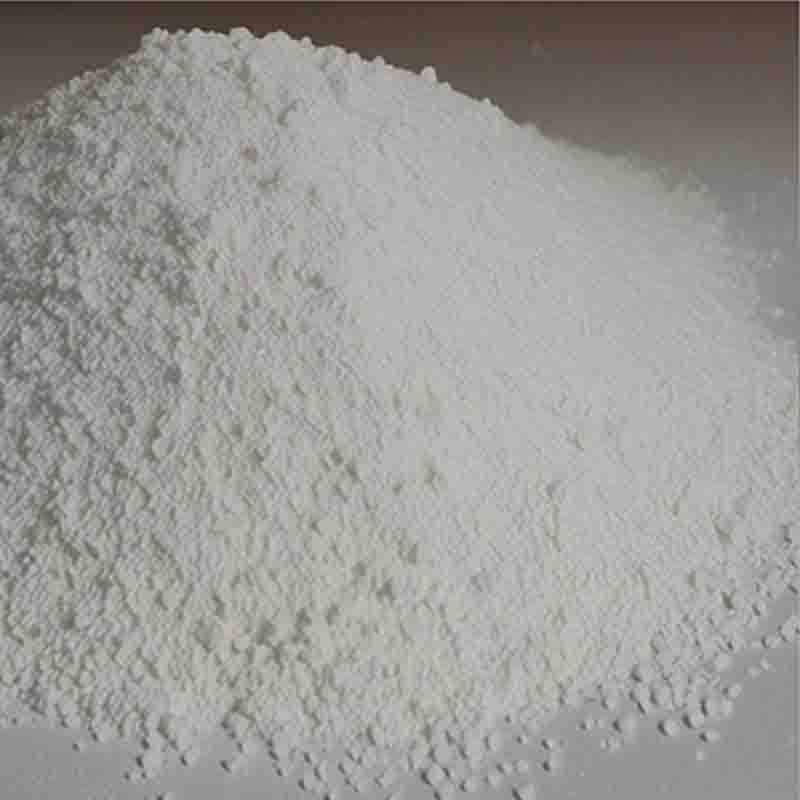ethyl3-amino-3-methylbutanoatehydrochloride CAS:85532-40-7
| Catalog Number | XD95880 |
| Product Name | ethyl3-amino-3-methylbutanoatehydrochloride |
| CAS | 85532-40-7 |
| Molecular Formula | C7H16ClNO2 |
| Molecular Weight | 181.66 |
| Storage Details | Ambient |
Product Specification
| Appearance | White powder |
| Assay | 99% min |
Ethyl 3-amino-3-methylbutanoate hydrochloride is a chemical compound that has various effects and applications in the field of organic synthesis and pharmaceuticals. Here are some key points about its effects:Pharmaceutical Applications: Ethyl 3-amino-3-methylbutanoate hydrochloride has been studied for its potential medicinal properties. It is a derivative of the amino acid leucine and has been found to have analgesic and anti-inflammatory effects. These properties make it potentially useful in the development of drugs for pain relief and inflammation management.Analgesic Activity: Ethyl 3-amino-3-methylbutanoate hydrochloride has been found to exhibit analgesic activity, meaning it has the potential to relieve pain. This makes it a promising candidate for the development of new pain medications, especially in cases where conventional analgesics may not be effective or have undesirable side effects.Anti-Inflammatory Activity: Inflammation is a natural response of the body to injury or infection. Ethyl 3-amino-3-methylbutanoate hydrochloride has been shown to possess anti-inflammatory properties, which can be useful in the treatment of inflammatory conditions such as arthritis or other chronic inflammatory diseases.Synthesis of Active Pharmaceutical Ingredients: Apart from its direct pharmacological effects, ethyl 3-amino-3-methylbutanoate hydrochloride is also used in the synthesis of various active pharmaceutical ingredients (APIs). It can serve as a starting material or intermediate in the production of certain medications, providing a versatile building block for the synthesis of complex organic molecules.Structural Similarity to Neurotransmitters: Ethyl 3-amino-3-methylbutanoate hydrochloride has structural similarities to certain neurotransmitters, specifically gamma-aminobutyric acid (GABA). This structural resemblance may contribute to its potential effects on the central nervous system and further research is being carried out to investigate its impact on neurochemical signaling.In conclusion, ethyl 3-amino-3-methylbutanoate hydrochloride is a compound with potential pharmacological effects and applications. Its analgesic and anti-inflammatory properties make it a promising candidate for the development of new pain medications and therapies for inflammatory conditions. Additionally, its role as an intermediate in the synthesis of active pharmaceutical ingredients further highlights its importance in the pharmaceutical industry. Ongoing research aims to uncover its full therapeutic potential and expand its applications in the field of medicine.


